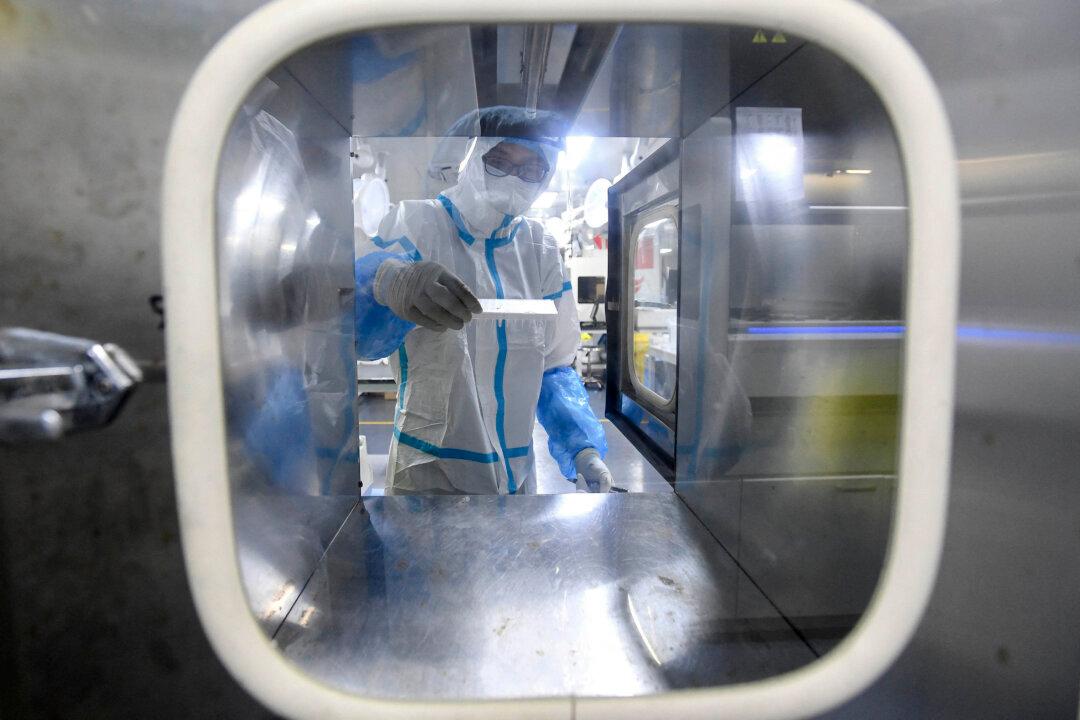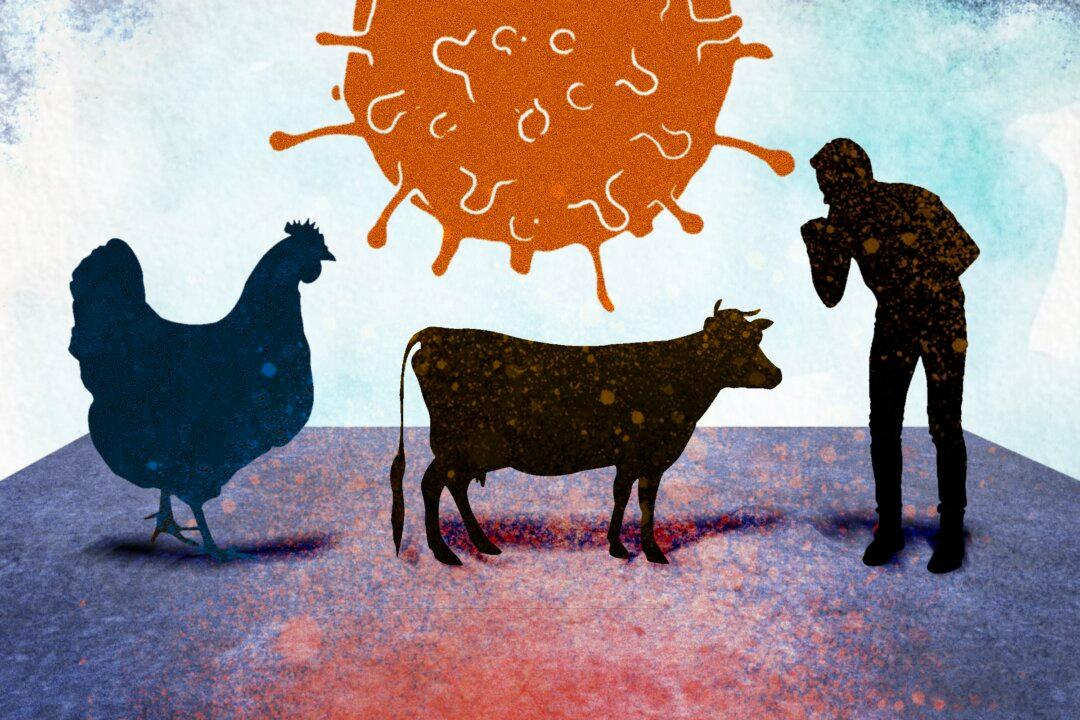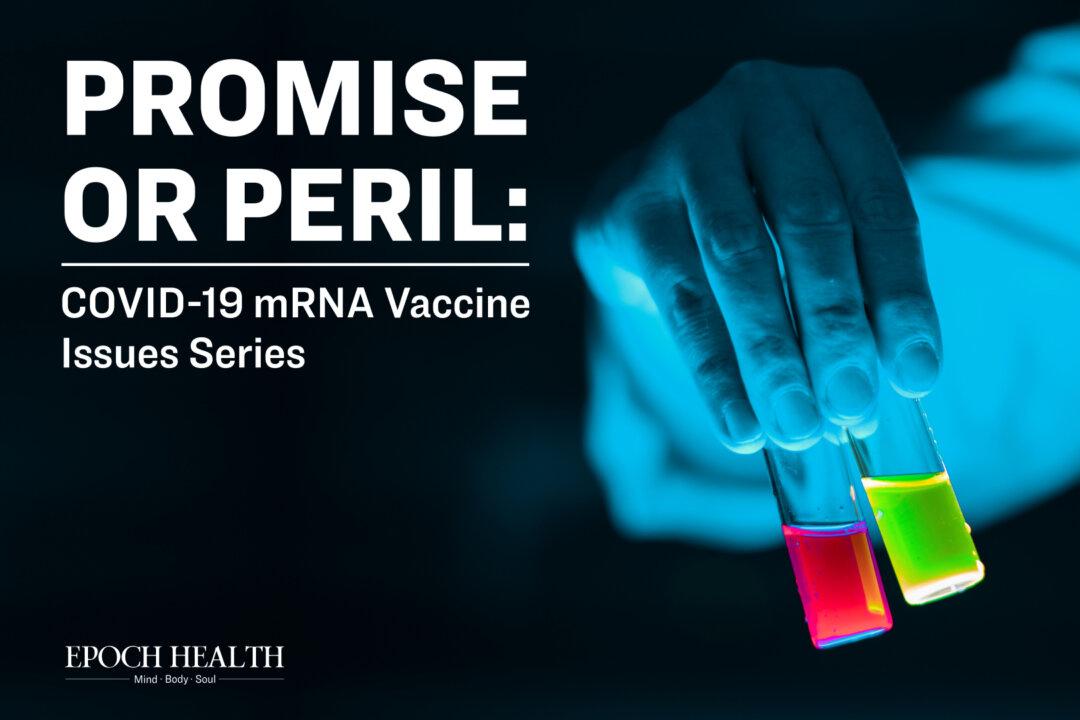The global threat of measles outbreaks looms large. Despite significant progress in measles control, outbreaks continue to surge across various regions, jeopardizing public health worldwide.
Lower vaccination rates, often singled out as the main reason behind local outbreaks, don’t tell the whole story.
Measles: A Complex Challenge in the Face of Global Resurgence
Measles, also called rubeola, primarily spreads as an airborne particle, posing a significant risk of transmission. However, its ability to survive on surfaces for over two hours makes it even more concerning, extending its infectivity window. A person with measles can potentially transmit the virus to 90 percent of the people with whom they come in contact.Before 1963, large-scale measles outbreaks occurred regularly, infecting millions of people at a time. Implementation of preventative health measures such as vaccination and an improved health care system were believed to have led to the elimination of the virus in the United States and many other countries two decades ago.

While most outbreaks primarily affect parts of Africa and Asia due to poor sanitation conditions in underdeveloped regions, some suggest a potential link to the ongoing COVID-19 pandemic due to delayed vaccinations. However, measles is difficult to contain due to the role travel and migration play in spreading it.
Measles poses a significant challenge due to the absence of an antiviral treatment that targets the virus. As a result, medical interventions primarily focus on symptom management and alleviating complications. One common symptom of measles is a high fever, usually addressed with over-the-counter medications like ibuprofen or acetaminophen.
Phases and Potential Complications
Measles infection progresses through three distinct phases:- Incubation phase: This initial phase lasts approximately 10 to 14 days, with no symptoms present. The virus silently replicates within the body.
- Prodromal phase: Following the incubation period, the prodromal phase emerges, lasting two to four days. Symptoms such as high fever, cough, runny nose, and small white spots (Koplik spots) on the inside of the cheeks become evident.
- Rash phase: The rash phase is a hallmark of measles, typically lasting 2-4 days. It begins on the face and subsequently spreads downward over the body.
The Impact of the Pandemic on Vaccination Efforts
In late 2021, the WHO issued a notice warning of the pandemic’s threat to the progress made against measles worldwide. The global initiative was meant to reduce measles to a minimum worldwide, but in 2022, approximately 40 million vulnerable children remained susceptible to measles because they missed a vaccine dose.During the pandemic, measles vaccination campaigns faced significant delays due to disruptions in supply chains and other factors. About 61 million vaccine doses globally were missed or postponed in 2021. Presently, almost 40 countries, mainly in Asia and Africa, are declared at risk of measles outbreaks.
Vaccination Campaigns Can’t Eliminate Measles
Measles vaccines are primarily categorized into two types:- Measles-Mumps-Rubella (MMR) vaccine: The MMR vaccine is a combination vaccine that protects against measles, mumps, and rubella. Administered in two doses, typically at 12 to 15 months and 4 to 6 years of age, it contains weakened live viruses for each disease, providing long-lasting immunity against measles.
- Measles-Mumps-Rubella-Varicella (MMRV) vaccine: Another combination vaccine, this protects against measles, mumps, rubella, and varicella (chickenpox). Like MMR, it contains weakened live viruses and is commonly used as an alternative to separate MMR and varicella vaccines for children aged 12 months to 12 years. It is typically administered in two doses.
Breakthrough Infections: Measles Outbreaks After Vaccination
Studies on measles outbreaks have provided mixed results, with evidence demonstrating both the vaccine’s effectiveness in preventing spread and instances of virus acquisition among vaccinated individuals.- Vaccine failure: While the measles vaccine is highly effective, it is not 100 percent foolproof. In a small percentage of individuals, the vaccine may not provide complete immunity or may wane over time. This can leave the person susceptible to infection if they come into contact with the measles virus.
- Improper timing or dosage: The effectiveness of the measles vaccine depends on factors like timing. Following the recommended two-dose schedule is vital for optimal protection. Incomplete vaccination or delays between doses increase the risk of breakthrough infections.
- Strain mismatches: The measles virus can vary in strains across regions and time, potentially leading to breakthrough infections if a vaccinated individual encounters a different strain than the one targeted by the vaccine. However, the vaccine offers a certain degree of cross-protection against various strains.
- Immune system factors: Underlying health conditions or certain medications that weaken the immune system can increase susceptibility to breakthrough infections. Age also influences immune response, with infants and young children exhibiting a less robust response to the vaccine.
Addressing Immune System Factors for Measles Prevention
The impact of immune system factors on public health requires serious consideration amid the rising measles cases in the past 10 years. We need to look at the population’s overall health conditions. People tend to blame the surging of viral pathogens on poor sanitation conditions, failure of vaccination campaigns or infection controls, and international travel.However, we must consider whether we are getting healthier with our current lifestyles. Are we consuming nutritious diets? Do we get sufficient rest and sleep? Are we doing anything that may harm our immune system knowingly or unknowingly?
Relying solely on increasing vaccination campaigns may not be optimal for achieving herd immunity. Genuine herd immunity should be established more naturally via improving lifestyle, adopting a better diet, and implementing natural and holistic prevention approaches.




